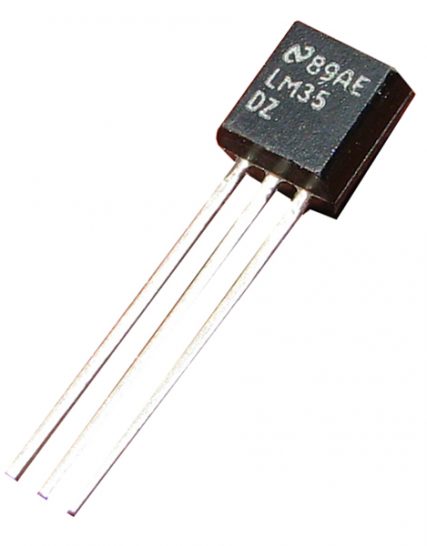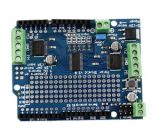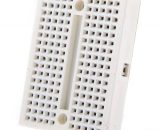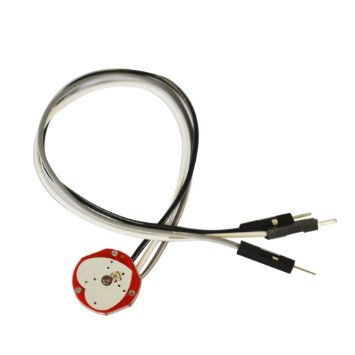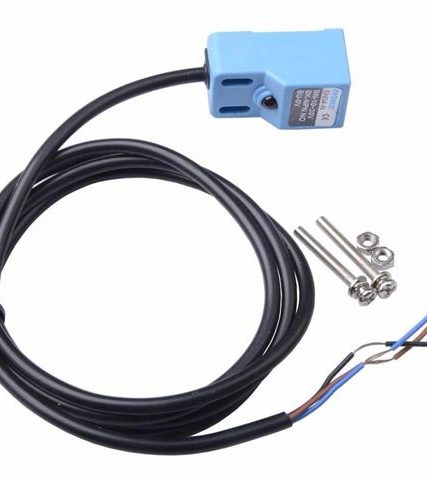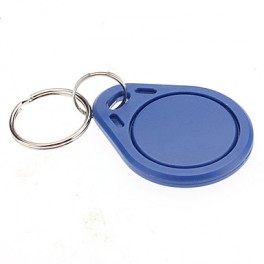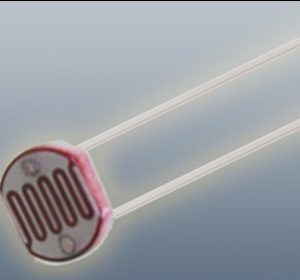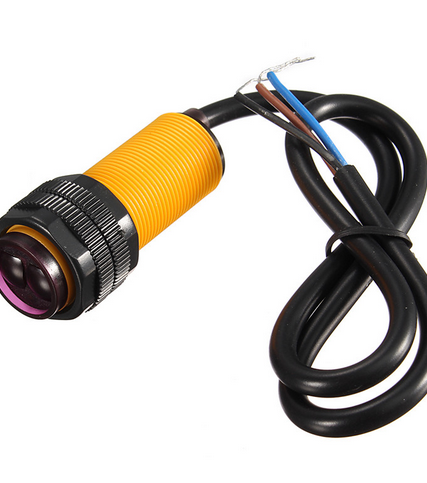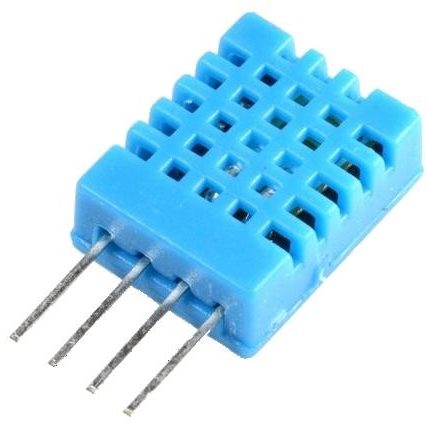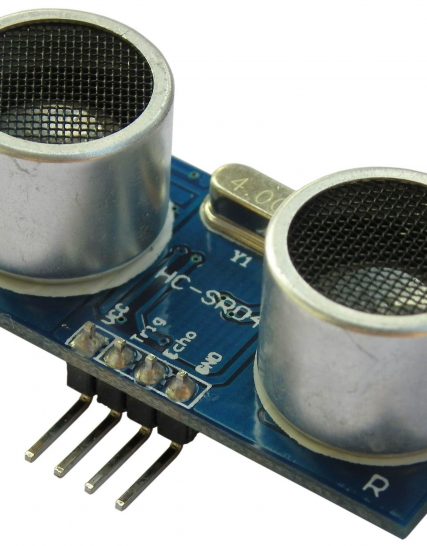Subtotal: ₦700.00
Pulse/Heart rate sensor
₦4,600.00
The Pulse/Heart Rate Sensor is designed to monitor and measure the heart rate or pulse rate of an individual. It utilizes optical or electrocardiographic (ECG) technology to detect the pulse waves or electrical signals associated with each heartbeat. This sensor is commonly used in medical devices, fitness trackers, and health monitoring systems to provide real-time data on heart rate and overall cardiovascular health.
Key Features:
- Real-time heart rate monitoring
- Accurate pulse detection
- Compact and easy to integrate
- Low power consumption
- Typically includes signal processing for noise reduction and accurate measurements
- Some models offer additional features like SpO2 measurement (oxygen saturation)
Technical Specifications:
- Measurement Range: Typically 30 BPM to 240 BPM (Beats Per Minute)
- Accuracy: ±2 BPM or ±2% (whichever is greater)
- Output Type: Analog (voltage signal) or Digital (PWM, UART, I2C, or SPI, depending on the model)
- Power Supply: 3.3V or 5V (depending on the model)
- Current Consumption: Typically around 5-10mA
- Operating Temperature Range: 0°C to +50°C
- Dimensions: Varies by model, typically around 20mm x 20mm x 10mm
- Mounting: Typically surface mount or clips onto a finger or earlobe for optical models
Applications:
- Fitness Tracking: Monitors heart rate during physical activities to assess fitness levels and workout intensity.
- Medical Devices: Provides heart rate data for diagnostic and monitoring purposes in medical equipment.
- Wearable Technology: Integrated into wristbands, smartwatches, and other wearable devices for health monitoring.
- Health Monitoring Systems: Used in remote health monitoring systems to track and analyze cardiovascular health.
Usage:
- Attach the sensor to the appropriate body part (e.g., fingertip, earlobe) or integrate it into your device.
- Connect the sensor to a microcontroller or data acquisition system using the appropriate interface (analog or digital).
- Calibrate the sensor if necessary to ensure accurate readings.
- Process the signal to extract heart rate information and use it as needed for your application.
Caution:
- Ensure proper attachment to the body part for accurate measurements.
- Avoid exposure to extreme temperatures or moisture that may affect sensor performance.
- Follow manufacturer guidelines for calibration and usage to ensure reliable results.
Datasheet:
For detailed technical specifications, refer to the Pulse/Heart Rate Sensor Datasheet.
In stock
Additional Information
| Weight | 0.004 kg |
|---|

